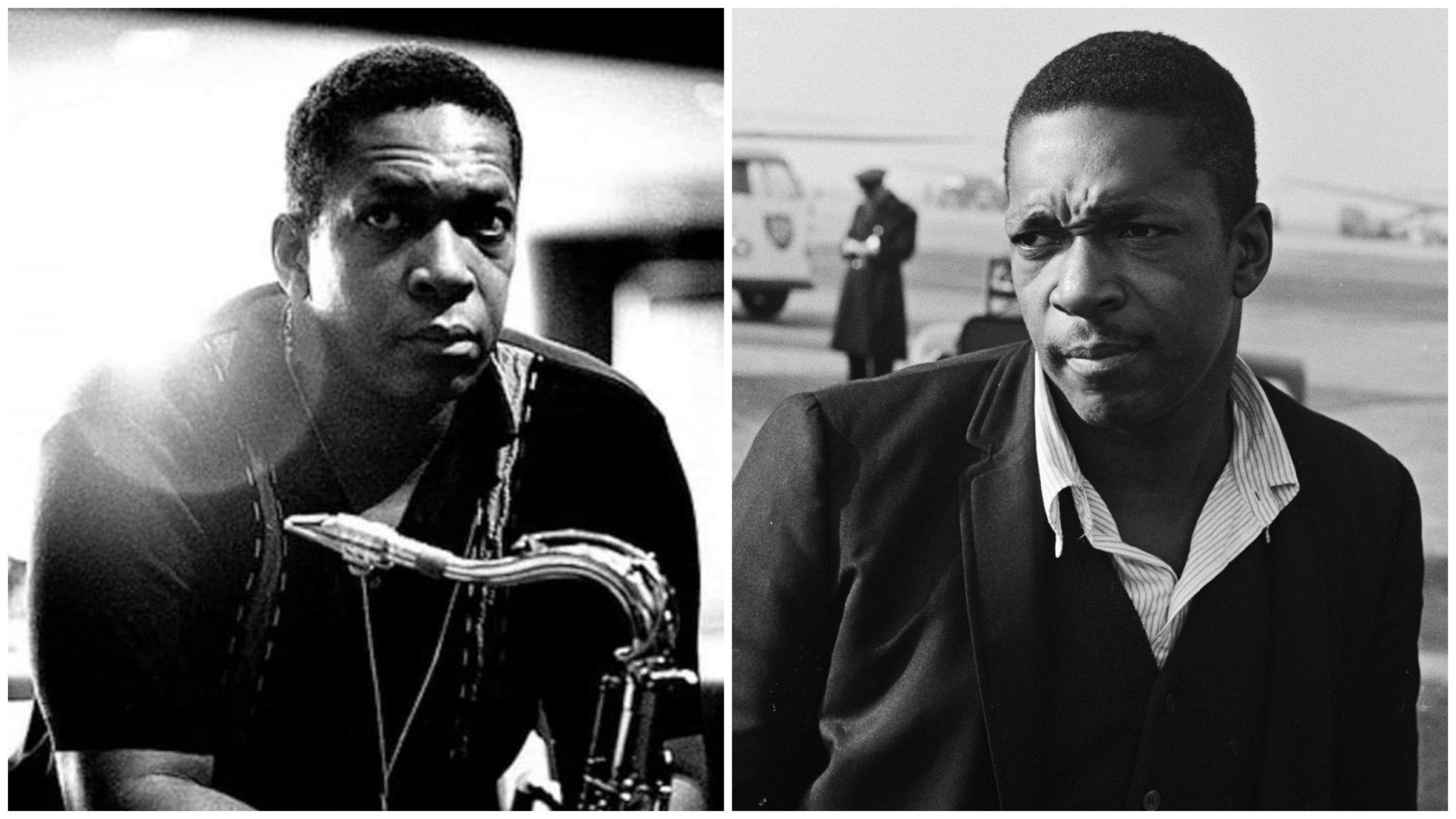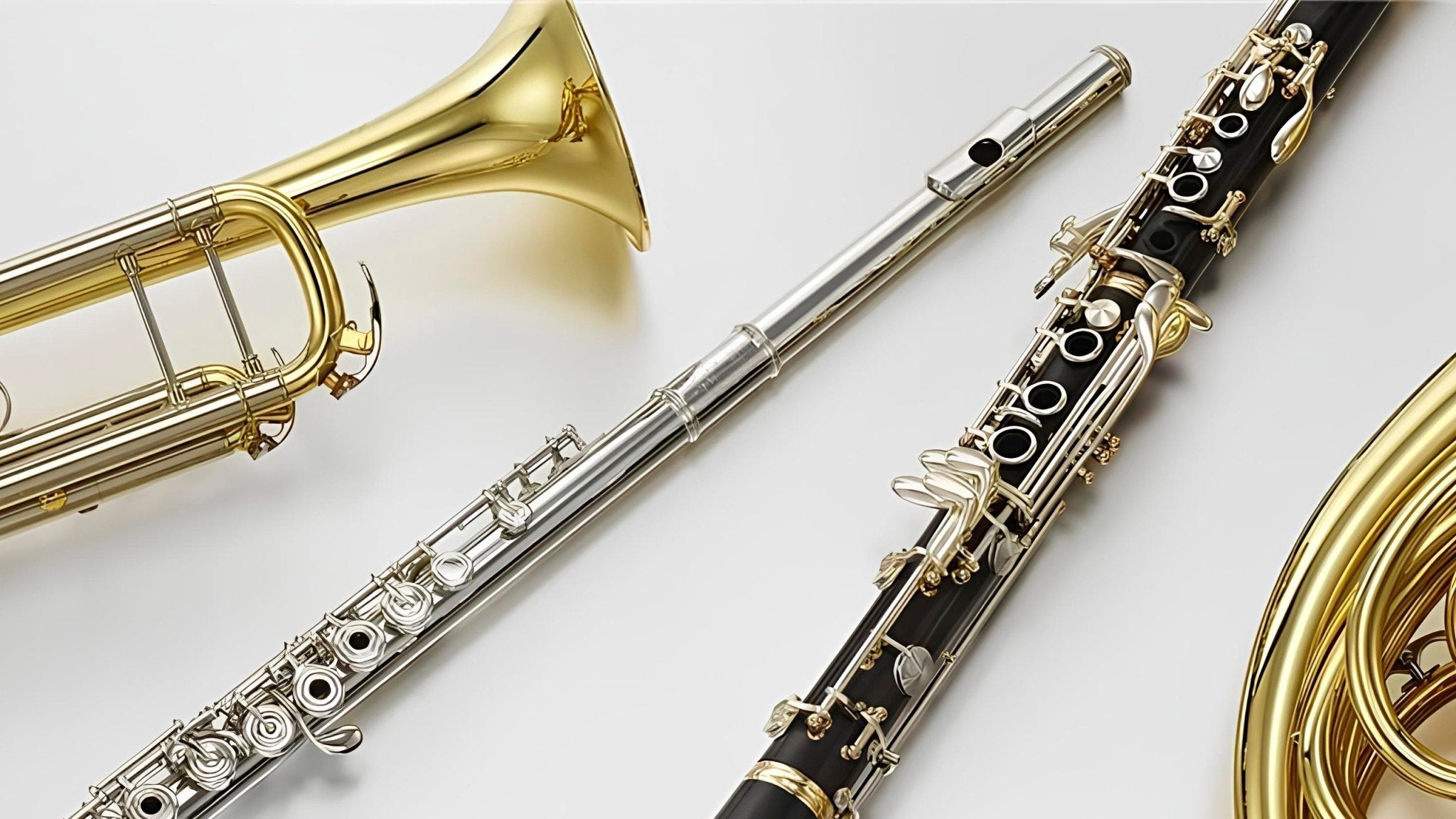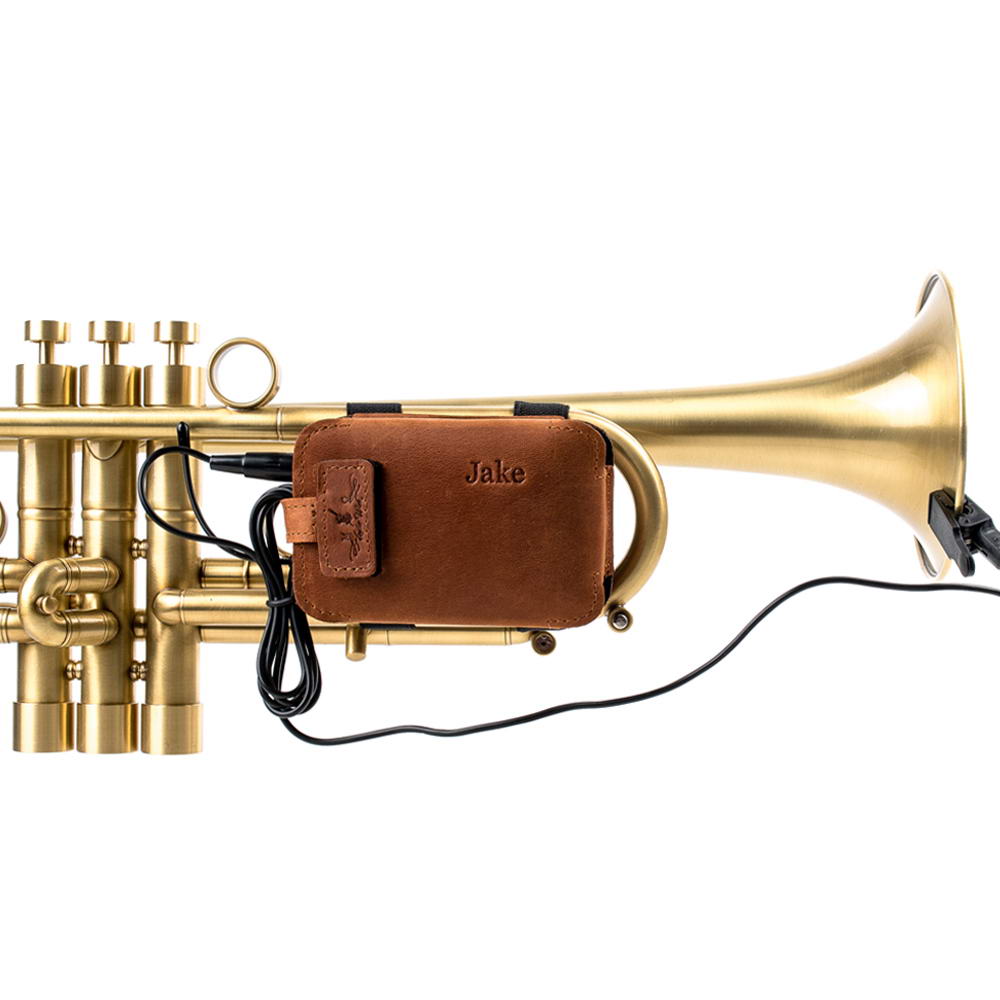
John Coltrane: Brief Biography, Career and Collaborations

John Coltrane: Spirituality in Saxophone
John Coltrane’s saxophone sound is one of the most recognizable in the world. His music continues to enchant listeners and gather more fans. John Coltrane wanted to be a good force that brings what is truly good in the world full of sufferings and misery, and indeed he had managed to do it. In this article, we will explore John Coltrane’s biography, musical career and success.

John Coltrane’s Biography and Influence
An American saxophonist, composer and bandleader, John Coltrane was born in 1926 in Hamlet, North California. He was raised in a religious family that directly influenced his tone on saxophone, filling it with gospel and preacher-like vibes.
The time when John was born also left an imprint on him as a future musician. When he was a teen, he experienced the height of the big band era. During his adulthood in the mid ‘40s, all his generation was enchanted by the bebop music of Charlie Parker and Dizzy Gillespie. Duke Ellington and Dexter Gordon became the main earliest Coltrane’s heroes in bebop.

Coltrane studied clarinet and saxophone. What impressed him in bebop style was its rhythmic freedom and expanded range of musical harmonies. After he moved to Philadelphia in 1943, he refined his skills as a musician at the Ornstein School of Music and the Granoff Studios. He also actively discovered the local music scene and built contacts with young musicians playing in bebop style. At that time, he met saxophonists Jimmy Heath and Benny Golson.
During his service in the navy, Coltrane played an alto saxophone in a navy band. As John had G.I. Bill after discharge, he used it for taking music classes and further development as a professional musician.
John Coltrane’s Collaborations
During 1946-1955 Coltrane was a horn player for hire, performing with small groups, supporting jazz and R&B performers as a backing musician, and playing in the sax section in big bands. He also collaborated with Johnny Hodges, Earl Bostic and Dizzy Gillespie.

The great popularity came to Coltrane when he joined Miles Davis’s quintet. It happened in summer, 1955, when John was playing in Jimmy Smith’s group. He got a call to audition for Miles Davis’s band. There Coltrane played for four years until 1959 and during this time, he evolved from an insecure to confident musician. The Coltrane’s saxophone ideally complemented Davis’s melancholy on trumpet.

For Coltrane, Davis became a teacher. Davis helped John to explore his possibilities with absolute freedom and find his voice. However, John’s drug addiction was the reason why Miles fired him from his band in 1957 as it started affecting his performance. Despite how everything ended, Coltrane’s relationships with Davis remained one of the most significant in the history of jazz.

After his path diverged from Miles Davis in 1957, Coltrane started to record under his own name. He also developed his personal style. After having fought his habit, he returned as a freelance musician. As he was very devoted to work, he soon started working as sideman on many tracks as well as recording his debut as a leader. As a composer, he revealed his skills on “Blue Train” on Blue Note.

John Coltrane’s Style
John’s sax sound was dark, full-bodied in both the highest and lowest registers. His style was original but demonstrated influence of his idols, Johnny Hodges and Lester Young.

He returned to Miles Davis’s group in 1958 and contributed to his albums Milestones (1958) and Kind of Blue (1959), which became significant examples of modern jazz of the 1950s.

Coltrane also founded his own quartet in 1960. During that time, he also started playing the soprano saxophone. Over the next years, he worked on mode-based improvisations and learned a lot about African and Indian music, which influenced how he played the soprano saxophone. His quartet gained a great popularity due to his unique music, featuring interaction between the drums and the steady vamping of the piano and bass.

Conclusion
Although the period of the best-known works of Coltrane featured only 12 years, from 1955 to 1967, his role and contribution can’t be underestimated. He passed away but still remains one of the most iconic American jazz musicians of the 20th century. His works continue to inspire musicians across genres.

If you want to learn more about other influential figures in jazz, check out articles about Håkan Hardenberger, Curtis Fuller, Dennis Brain, Ron Carter, Buddy Rich, Herbie Mann and others.






 https://mgleatherwork.com/pages/about-us
https://mgleatherwork.com/pages/about-us





2 comments
Please remove me from your email list. I’m tired of receiving so many stupid messages
Lorenzo R Pace
Great article
Nate Pinkard
Leave a comment
This site is protected by hCaptcha and the hCaptcha Privacy Policy and Terms of Service apply.